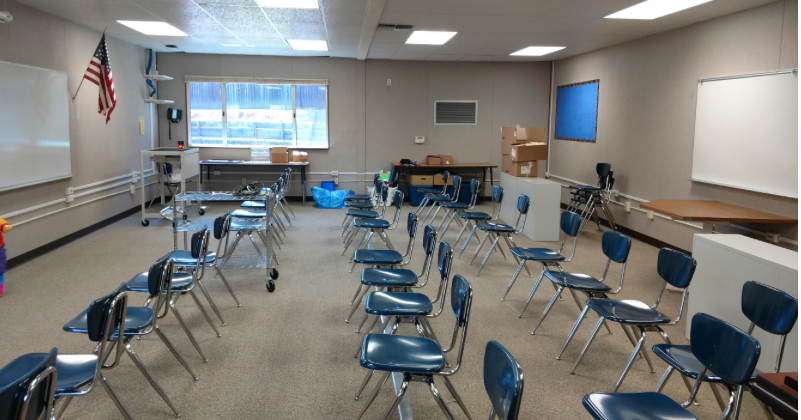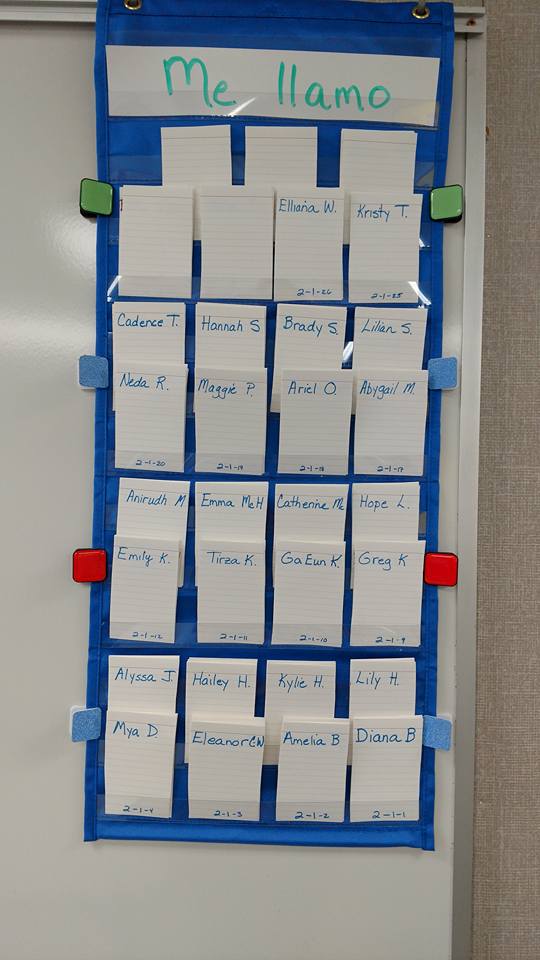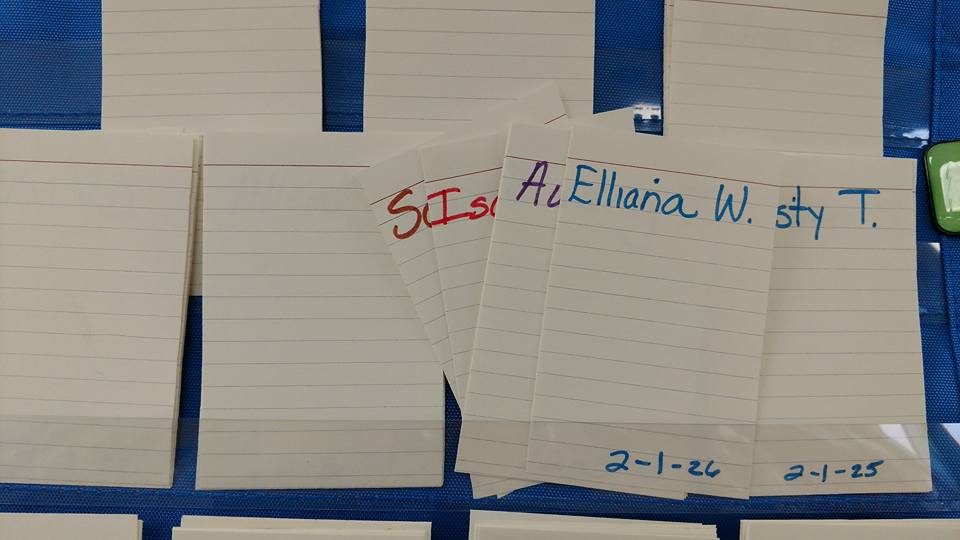Ok…you have information in front of you: lesson ideas, activities, suggestions, Facebook pages, blogs, and more….
Now what?
How do you start? How do you know where your students are going? Which unit do you teach? What topic ? Which video? Which song? It can be so overwhelming…….
First: THERE IS NO “RIGHT” WAY TO DO THIS. If you teach Spanish or French, and feel that you need a lot of structure and support starting the year with Comprehensible Input, really consider purchasing a curriculum. Teach For June, Comprehensible Classroom and Adriana Ramirez all sell prepared curriculum, especially for novice and intermediate students.
Second: If you teach a different language, or can’t find what suits you, or want and enjoy the flexibility, you will be creating your own curriculum. If you have never done this before….it’s okay! Look for a future post for ideas about structuring a curriculum and in the meantime, follow the blogs and pages that speak most clearly to you. With that information and your own knowledge, experience and intuition, you will be fine!
Third: Don’t feel that you have to dive right into anything. Remember, you can put your classroom into place, your expectations in place and begin building positive relationships without a “structure”, “vocabulary” , or “theme”-based year-long plan. These will begin the year by establishing that your STUDENTS are the focus of your teaching!
Let’s look at what vocabulary and structures are involved in those daily interactions:
(I’ll list the possibilities in English, but of course you will know what they represent in your target language)
If you greet students each day, talk to some about how they are feeling, use the target language for general classroom exchanges, talk about school/local events, birthdays, and the weather, you will AUTOMATICALLY work with the following:
Hello, Good morning, Good day, Good afternoon, Good evening, Good night etc,
Good-bye, See you later, See you tomorrow, Until next time, etc.
How are you? How is s/he? I”m/S/he is well, poor, ok, tired, nervous, hungry, ready, worried, sick, sad, happy, etc.
What is your name? I’m, my name is, What is his/her name? S/he is, his/her name is
Who is? Here, present, absent, etc.
Where is? Here, there, in the office, bathroom etc.
May I go to …..etc.
May I use…..a pencil, paper, book, etc.
Here is…
Sign the paper…
Take the pass…
Look (at), Look for, Listen/hear, Write, Say, Wait, Give, Pass, Stop, Stand, Sit, Think etc.
What do you need/want/have/lack?
One time, many times, always, often, never, sometimes etc.
Today, tomorrow, yesterday, tonight, last night, this/last/next week, month, year, day
Days of the week, months of the year, numbers 0-31, and the year.
What is the day/date? What month is it/will it be? When is your birthday, the dance,vacation etc?
What is the weather like? It’s hot, sunny, breezy, windy, cold, rainy, snowy etc.
What season is it? Spring, summer, winter, fall.
What do you like? What is your favorite? When do you_____?
There is really NO NEED to plan special “units” on these topics because you integrate them bit by bit until they are part of the natural rhythm of your life with the students. What you will really be doing is teaching, practicing and utilizing a ROUTINE for:
Greeting students
Assigning seats.
Taking and reporting attendance.
Discussing the calendar, weather and current events.
Being prepared in class.
Getting permission to leave class.
Leaving and returning to the room.
If you teach a signal, or a call and response pattern you will also establish a ROUTINE for refocusing the class…not to mention whatever vocabulary you choose to use.
That is A LOT of high-frequency language!!
So don’t be afraid to take your time to set those things up.
Are you worried that it will be boring? Don’t worry! You will be personalizing and interacting with every new routine. Because you will be connecting what you are doing with the students, it will be interesting to them.
Let’s start with greeting the students. If you greet some/all of the students as they enter you can begin to bring your sense of humor and your personality in from the beginning of the class.
You could:
Put 2-5 questions on cards. Shuffle the cards and show the card as you greet students (Hi, Hello, How are you?, What’s up? etc.)
Don’t settle for just “Good” or “Okay”. Ask a follow-up question: a little good or really good? (use your voice to add interest) Allow/Encourage the use of gestures.
Add a fun handshake, fist bump etc.
Have students make a question or greeting card and decorate it. Use those cards to shuffle through and show as they enter.
Ask the first student to stand next to you and keep a tally: How many are good? How many are tired? Etc.
When taking attendance:
If your class is 20 or under: Ask Where is ________? The class points to the student and says __________is there! (with enthusiasm!! Like a game show host!) This loses its joy if you have 30+ students though!
Teach students to ‘invent” a location and action for students who are not there. Be careful with this….make sure that you teach them to say desirable things…not things that would embarrass or humiliate the person who is missing! If your students might go too far, make a poster of appropriate ideas for them to choose from! ( Is playing basketball with Steph Curry, is on a cruise with a world-famous soccer team, is playing guitar in a concert with a popular band, etc)
Assign students a “neighbor” buddy. Remind them to get work for that person as you take attendance if their buddy is absent.
Give maracas or a tambourine to several students. Set up a chant for attendance. Where are you John? I’m here! Cha cha cha!
Ask students to tell you something they like (to eat, watch, listen to) when you call their name: Alexa Snickers! Maria Reese’s!
If you teach Spanish, and have Sr. Wooly, definitely use that video to intro leaving the room to go somewhere!
Here are some other video clips you can use ( 30 seconds of English for an intro guaranteed to get there attention is worth it!!
And this one has no spoken English…just one quick slide….very fun!!
It’s not too hard to put together a daily or weekly routine around that calendar. After greeting students and taking attendance, direct students’ attention to a calendar. It can be a pre-purchased calendar, a teacher-(or student!!) made wall calendar or something projected or in a PowerPoint.
Many students remember this routine from their early elementary days, and enjoy the nostalgia of reliving that experience!
If you need students to be held accountable for this, you can create a weekly or monthly form for them to fill in and then hand in for a grade. Keep it simple to complete and simple to grade or it will drive everyone crazy!!!! We want them to enjoy the activity!!
You can talk about: the day, the date, the weather, holidays/birthdays, after-school activities, the school menu, National _______Day, ….so many things!!!
When you tie the discussion to students’ interests, preferences and daily activities, it really is interesting!
Following this is the time that many teachers have used to build in a certain activity for each day of the week. (Weekend review, Meme Monday, Baila Viernes, Weekend Plans etc….)
Fourth: Relax and enjoy!!!!!! If the teacher is uptight about “covering” the material and having the “perfect” curriculum, it will spill over into each and every class. You are where you need to be right now. You are where you are. Do not worry about not being more talented, more skilled, more prepared, more creative. Enjoy being yourself, interacting with students so that they understand and can respond, and relax!!!
It’s going to be fine!
With love,
Laurie


